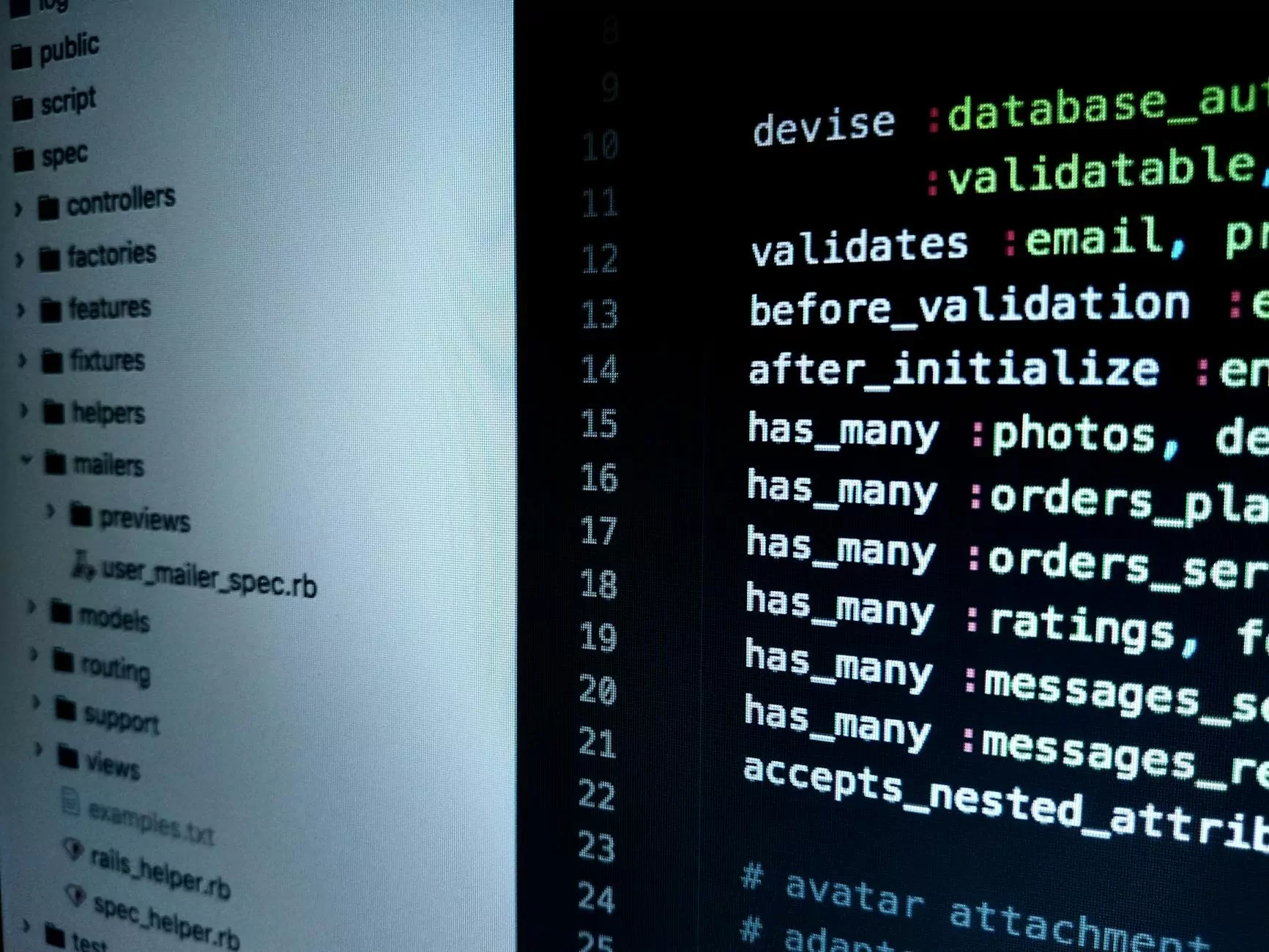Is Headless E-commerce Really the Future?
Blog
Welcome to Rossi Marketing's insight into the world of headless e-commerce. As a leading player in the digital marketing industry, we strive to provide you with the latest information on innovative approaches to online businesses. In this article, we will explore the concept of headless e-commerce and its potential impact on the future of the industry.
Understanding Headless E-commerce
Headless e-commerce refers to a decoupled architecture where the front-end presentation layer is separated from the back-end e-commerce functionality. Unlike traditional e-commerce platforms that tightly integrate the front-end and back-end, headless e-commerce allows for more flexibility and scalability. The front-end, also known as the "head," can be developed independently using various technologies, while the back-end handles the business logic and data management.
The Benefits of Headless E-commerce
Headless e-commerce offers numerous advantages for businesses looking to enhance their online presence. Let's explore some of the key benefits:
- Flexibility: With headless e-commerce, businesses have the freedom to create custom user experiences by leveraging modern web technologies. The decoupled architecture allows for greater flexibility in design and user interface development.
- Scalability: By separating the front-end and back-end, headless e-commerce enables businesses to scale their websites or applications more efficiently. Scaling one component doesn't impact the other, resulting in improved performance and responsiveness.
- Omnichannel Capabilities: Headless e-commerce empowers businesses to provide consistent and seamless shopping experiences across multiple channels, such as web, mobile, and even emerging technologies like voice assistants and IoT devices.
- Improved Developer Productivity: Developers can work independently on the front-end and back-end, utilizing frameworks and tools specific to their expertise. This separation of concerns enhances productivity and accelerates development timelines.
Challenges and Considerations
While headless e-commerce offers exciting possibilities, it's important to consider the challenges associated with implementing and maintaining this approach. Some considerations include:
- Integration Complexity: Decoupling the front-end from the back-end requires careful integration planning to ensure seamless communication between the two. Integration complexity may increase, particularly if businesses have existing systems in place.
- Technical Expertise: Developing and maintaining a headless e-commerce setup typically requires a team of skilled developers familiar with modern web technologies. Businesses need to invest in talent or engage with experienced partners to ensure success.
- Content Management: Managing content in a headless setup can be more challenging compared to traditional e-commerce platforms. A robust content management system (CMS) tailored to support headless e-commerce is crucial for efficient content updates and optimizations.
- Third-Party Integrations: Businesses heavily relying on third-party integrations should evaluate the compatibility and support for such integrations in a headless environment. Close collaboration with integration partners ensures smooth operations.
Best Practices for Headless E-commerce
Embracing headless e-commerce requires thoughtful planning and execution. To make the most of this approach, consider the following best practices:
- Define Your Objectives: Clearly define your goals and objectives to ensure headless e-commerce aligns with your business strategy. Understand the specific advantages and trade-offs it brings.
- Choose the Right Technologies: Select the most suitable front-end and back-end technologies that meet your business requirements. Consider factors like scalability, developer community support, and integration capabilities.
- Design for Scalability: Architect your headless e-commerce setup to be scalable and adaptable to future growth. Plan for potential traffic spikes, technology advancements, and changing customer preferences.
- Invest in Security: Prioritize security measures to protect your e-commerce platform and customer data. Implement robust authentication, encryption, and vulnerability scanning practices.
- Monitor Performance: Continuously monitor and optimize the performance of your headless e-commerce system. Regularly test and fine-tune to ensure fast page loading, smooth user experiences, and high conversion rates.
- Stay Abreast of Updates: Keep up with industry trends and advancements in headless e-commerce. Engage with communities, attend conferences, and network with experts to stay informed and shape your strategy.
At Rossi Marketing, we believe headless e-commerce holds significant potential for transforming the future of online businesses. By embracing this innovative approach and leveraging our expertise in digital marketing, you can stay ahead of the competition and deliver exceptional shopping experiences to your customers.
Contact us today to learn more about how we can help you navigate the world of headless e-commerce and maximize your online success!










